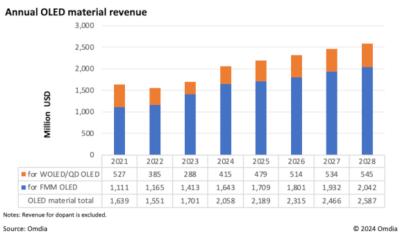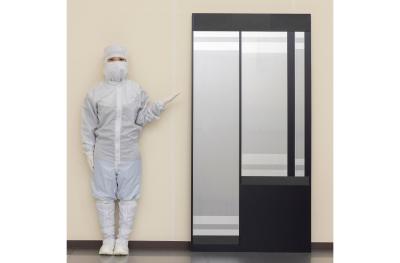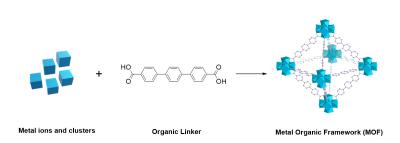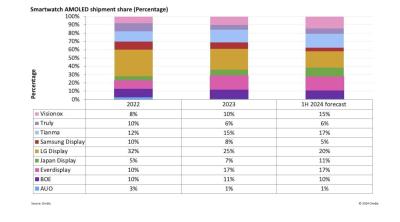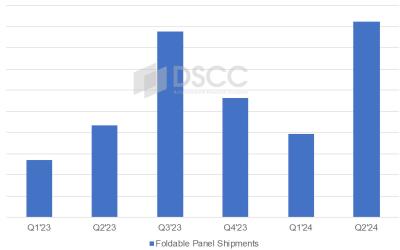Samsung purchases Orthogonal's mask-less OLED production IP
Reports from Korea suggested that Samsung Display acquired 5 patents from US-based Orthogonal, that contains the company's mask-less OLED production process. With this purchase, SDC has a path towards developing its own maskless OLED production.
Maskless OLED production is of high interest lately, as these technology could offer higher pixel aperture ratio leading to higher efficiency, brightness and lifetime and brighter OLEDs, compared to FMM-based production processes. JDI for example claims its eLEAP technology enables an 2X increase in brightness and a 3X increase in lifetime, coupled with reduced production costs.


